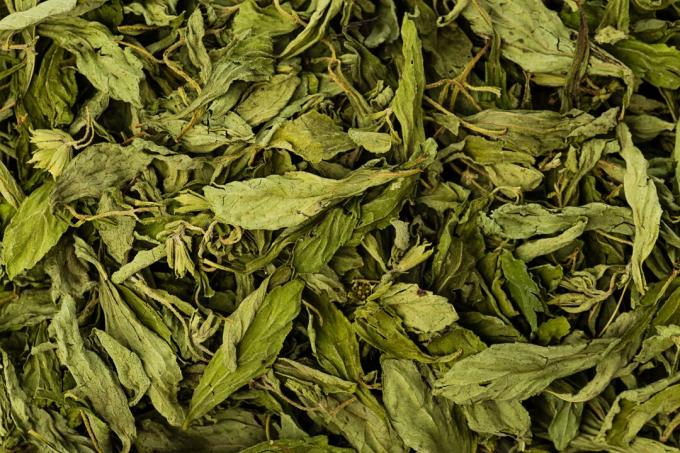The sweet herb stevia has caused a hype in recent years. Although the non-toxic herb is sweet without calories, its production is problematic.

There are around 200 different species of the South and Central American plant genus Stevia. In particular, however, one of these species will develop into greater health and economic importance in the future. Because the Stevia rebaudiana bertoni, which comes from areas of today's Paraguay, contains a lot of sweeteners, many times stronger than commercial sugar. It is therefore also known as sweet or honey herb.
Discovery / history
This genus of plants is named after the Spanish medic Pedro Jaime Esteve (* 1500- † 1556, Santa Mateu del Maestrat, Spain). After studying in Valencia, Montpellier and Paris, he returned to Valencia and worked there as a professor until his death. While the name of the genus can be traced back to Mr. Esteve, the name of the species is derived from the Paraguayan chemist Ovid O. Rebaudi exits. Rebaudi analyzed the sweeteners contained for the first time around 1900 and proved that it was a novel, hitherto unknown substance.
Nutritional controversy
The Guarani Indians have used sweeteners since ancient times. However, these were not approved by the EU as food additives until 2011. Contrary to popular belief, stevia is not inherently toxic. The sweetener contained in the honey herb, which is not digested by humans, is a hundred times sweeter than conventional sugar. As a sugar substitute, stevia does not have to answer for any other calories in food. The sweetness does not promote caries either, as the corresponding bacteria cannot attack it.
This contrasts with the observations made by researchers on rats. At high concentrations of the plant's sweetener, the animals showed signs of intolerance. The fertility of the female rats also decreased in some cases. However, it is still unclear whether these results can be transferred to humans.

Extraction of the sweetener
The natural form of the honey herb, contrary to its name, does not taste like honey, but rather woody and slightly bitter. This is because the sweeteners it contains only make up around five percent. In comparison, a sugar beet contains around 20 percent. In order to be able to be offered in such a concentrated way as in the trade, the sweetener must be extracted from the herb and fortified. This process not only destroys around 90 percent of all ingredients, but is also highly chemical. The main producer of stevia sweeteners is the People's Republic of China. To dissolve the sweetener, environmentally harmful aluminum salts are used, which - if not correct disposed of - triggering harmful acid reactions in connection with many animal proteins or arable soils acidify. Among other things, this means that stevia sweeteners are not available with an organic seal. The advertising for stevia as a green and natural sugar substitute was also criticized.
Growing stevia
The not hardy plant can be cultivated in Germany in the summer months. The plant is resistant to pests and diseases.



